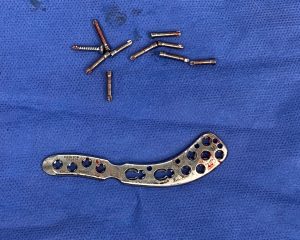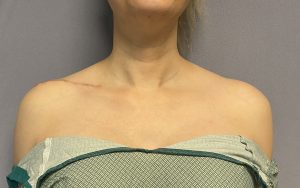Background: Clavicle fractures are a very common type of orthopedic bone injury with a reported occurrence of up to 4% of all fractures. Such fractures may be treated surgically with the placement of plates, screws and pins as well as non-surgically with post-injury shoulder immobilization slings/garments. With such a common type of bone injury it would be expected that it would inevitable that a patient seeking clavicle osteotomies for reductive shoulder reshaping would have a history of a clavicle fracture.
In patients with a prior history of a clavicle fracture a well healed fracture, even with some bone shape changes at the fracture site, does not preclude the ability to undergo a subsequent resection of bone length for shoulder narrowing. More relevantly, in fractures that have been repaired by hardware where is it located on the bone. Most clavicle fracture plates are quite long so they will need to be removed to perform osteotomies and then apply plates and screws to put the bone back together. However such fracture plates do not need to removed prior to the clavicle osteotomy surgery.
Most clavicle fracture repairs have very long surgical incisions in comparison to reduction osteotomies. Since this is the way the long fracture plate went in there is no reason not to use the full length of the incision which may benefit by scar revision anyway. Once the plate is exposed the type of screw heads used will be apparent. There are a wide variety of screw head shapes from the various manufacturers. While a crosshead pattern is most common there is no assurance that is what will be encountered. It is not possible to look at an X-ray and know what type of screw heads were used. Thus one should have a universal screw driver system available to be certain the hardware can be removed.
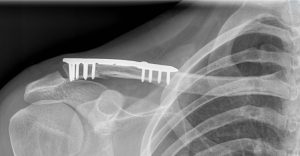

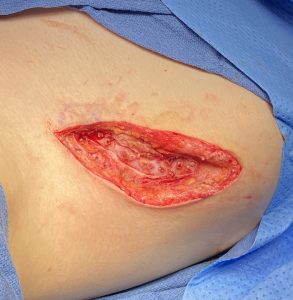

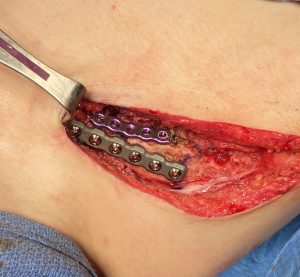
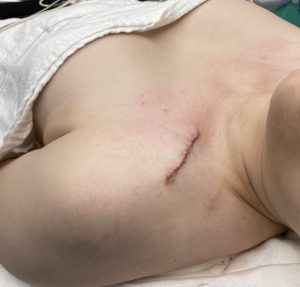
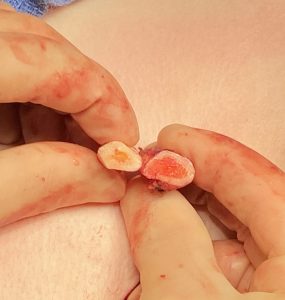


Case Highlights:
1) Most prior clavicle fracture repairs by ORIF have hardware in place that will need to be removed to perform and fixate clavicle reduction osteotomies.
2) Such hardware does not need to be removed beforehand but can be done at the same time as the osteotomy. But one must be prepared with a universal screwdriver system.
3) The thickness of the bone on the fractured side may be thicker than the non-fractured side as a result of the healing from the injury.
Dr. Barry Eppley
World-Renowned Plastic Surgeon




